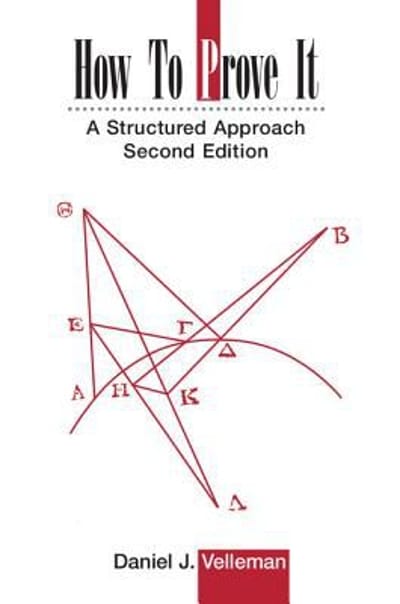Question
Over the past few years, a dietitian at a busy diabetes clinic notices that many more of the patients that she sees report consuming more
Over the past few years, a dietitian at a busy diabetes clinic notices that many more of the patients that she sees report consuming more than one "energy drink" (e.g. Red Bull, 5-hour energy, Monster Energy)per day. She notes that in her osteoporosis clinic very few people report consuming these drinks. The doctor wonders if these energy drinks are associated with higher risk of developing type 2 diabetes and would like to test this hypothesis. The dietitian contacts you and would like your opinion on how to design a simple study using only hospital patients (but not necessarily only diabetes clinic patients) to test this hypothesis. Using the following questions as a guide, what recommendations would you give to the dietitian?
a)How would you define the "exposed" and "unexposed" groups? [4]
b)How would you measure exposure? [4]
c)How would you define the "diseased" and "non-diseased" groups? [4]
d)How would you measure disease? [4]e)Would you recruit participants based on exposure or disease status? Justify this choice considering the study design you are proposing. [4]
f)What measure of association would you use in this study? If you calculate the measure of association of energy drinks with type 2 diabetes to be 1.5, interpret the meaning of this number. Does it support the hypothesis that energy drinks cause diabetes? [5]
Step by Step Solution
There are 3 Steps involved in it
Step: 1

Get Instant Access to Expert-Tailored Solutions
See step-by-step solutions with expert insights and AI powered tools for academic success
Step: 2

Step: 3

Ace Your Homework with AI
Get the answers you need in no time with our AI-driven, step-by-step assistance
Get Started


